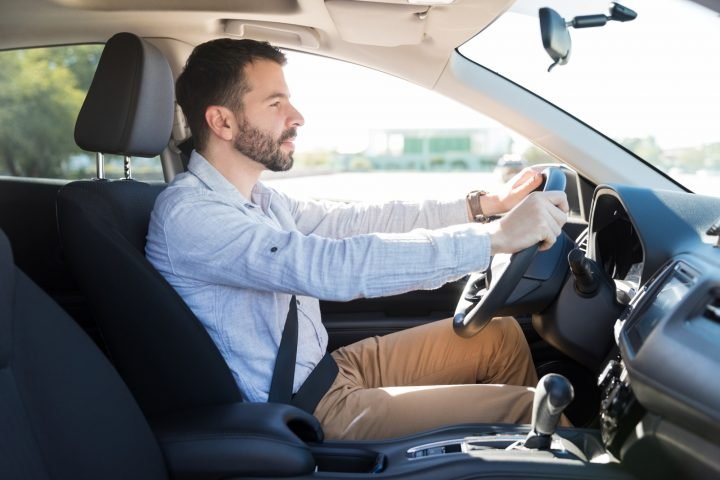Getting your Driver’s License: A Step-by-Step Guide
If you’re going to drive unaccompanied on UK roads, then you’re legally required to have a driver’s license. The license will make you more attractive to employers, provide you with a means of identifying yourself, and save you from having to ask friends and relatives to be transported from place to place. You’ll get a satisfying sense of accomplishment from attaining one, too.
Obtaining your license requires a particular process….

Are you eligible?
Only certain kinds of people can apply for a license.
There’s a minimum standard of eyesight that drivers are expected to meet. You must have a visual acuity of 0.5 (6/12) on the Snellen scale. If you don’t know what the Snellen scale is, then you might generally take that as a sign that your eyesight is sufficiently good.
During your test, you will be asked to read a number plate from a distance of around twenty metres. It’s worth performing this test on your own if you’re unsure.
Then, of course, there are the age requirements. You need to be 17 to get your full licence.
Applying for your provisional license
Your provisional license is what will allow you to get behind the wheel in order to learn to drive. You don’t need to wait until you’re seventeen to apply: you only need to be fifteen and nine months. The same provisional licence will allow you to drive a wide range of different vehicles.
When applying, you’ll need to provide a UK passport number. You can still use an expired passport so long as the expiry date was no longer than 12 months ago. To speed things up, you might also provide your National Insurance number, and your address.
Learning to drive
Having got your provisional license, you’ll be able to learn to drive – either accompanied by a paid instructor or a friend or family member. Around thirty to forty hours should be enough in terms of lesson time for most people.
This might break down to three one-hour lessons per week for three months. Make sure that you supplement your lessons with regular practice. Be consistent and intensive. You can insure yourself during practice sessions with the help of short-term learner driver insurance.
Booking your tests
You’ll need to have completed your theory test before you can do the practical one. Give yourself the best possible chance of acing both by studying intensively before you go in. Once you pass the theory, you’ll have two years to get the practical test passed.
After you pass
Once the test is passed, your examiner will usually arrange for your licence to be upgraded. You can drive straight away: there’s no need to wait for a photocard to arrive. Many drivers elect to display ‘P’ plates to indicate that they’ve just recently passed. While this isn’t a legal requirement, it might warn other drivers to give you a bit more leeway at functions.


